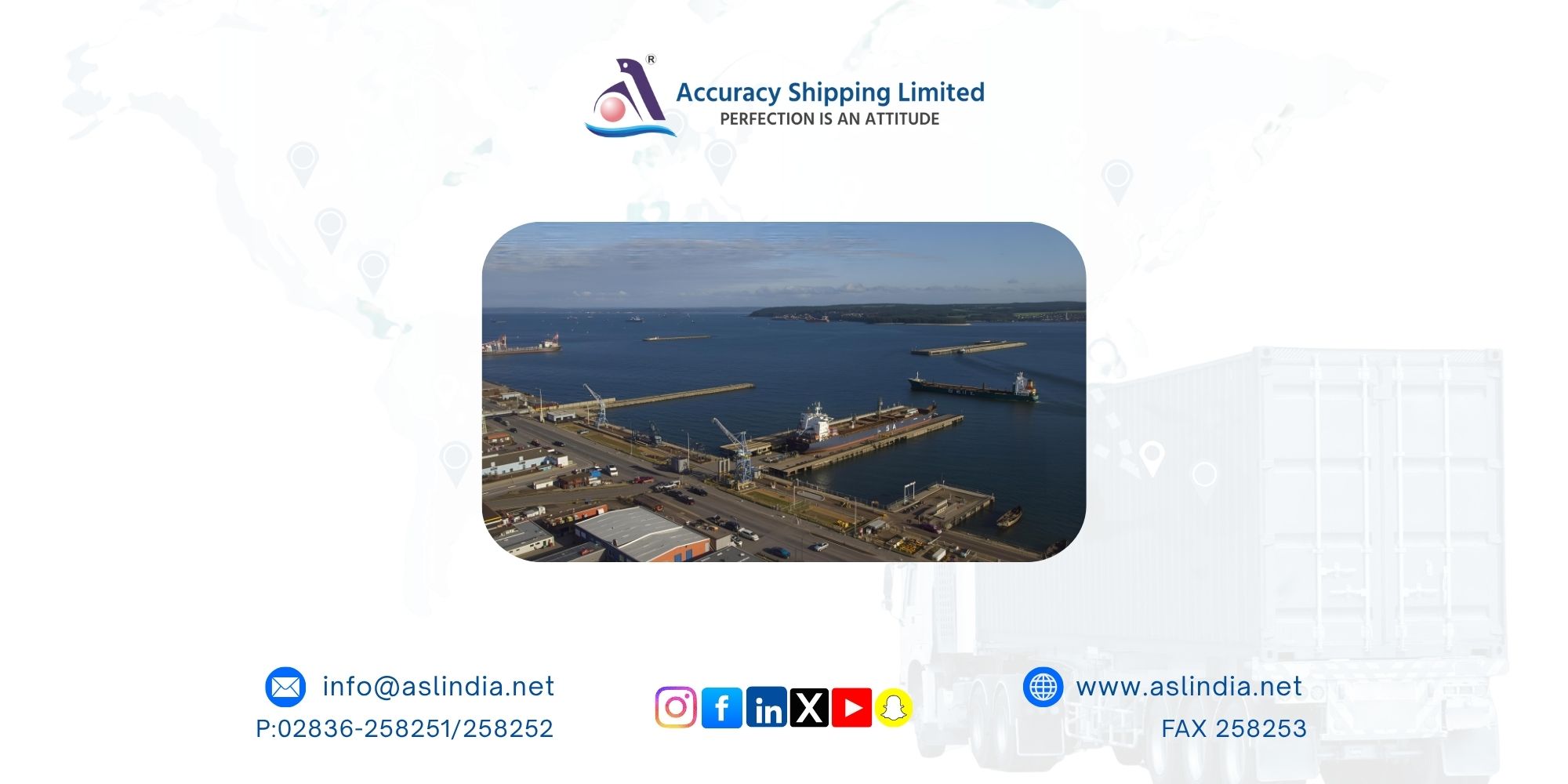North Sea Port records steady cargo volumes from January to September

Stable Throughput Amid Global Challenges
Over the first nine months of 2025, North Sea Port companies handled 50.1 million tonnes of seaborne cargo throughput, marking only a modest 1% decline compared to last year. Despite ongoing global economic uncertainties, core segments such as dry and liquid bulk remained resilient, reflecting the port’s strategic adaptability and diversification. Britain continues to lead as the port’s largest trading partner, supported by a solid rise in ro-ro transhipment, according to North Sea Port officials.
Resilience in an Uneven Global Landscape
Cas König, CEO of North Sea Port, emphasized that the port’s stability amid challenging market conditions demonstrates the effectiveness of its diversification strategy. “North Sea Port has maintained a stable position, despite challenging market conditions, an increasingly uneven playing field and increasing international competition within the industrial sector,” König noted. He attributed this resilience to diversified cargo flows, strong UK trade relations, and growing commerce with Canada, all achieved despite geopolitical pressures, including the EU-US tariff tensions and sanctions on Russia.
Strengthening Trade with Britain and Canada
Britain retained its top position as North Sea Port’s largest trading partner throughout 2025, continuing the trend from 2024. A notable highlight was a 12% surge in ro-ro transhipment, underscoring the growing trade in roll-on/roll-off goods between the UK and the port. Meanwhile, Canada advanced to second place, overtaking the United States, driven by a sharp increase in iron ore imports. The U.S. slipped to third position due to a minor drop in throughput.
Bulk Cargo Remains the Backbone of Operations
North Sea Port remains predominantly a bulk port, with dry bulk accounting for more than half of its total throughput. Although coal volumes declined, this was offset by a 900,000-ton rise in iron ore shipments, primarily supporting the European steel sector. With the EU considering restrictions on cheap steel imports, this trend may further strengthen.
Liquid bulk, which makes up over a quarter of total throughput, saw a 1.4% growth, primarily from petroleum product handling. However, chemical base product handling decreased, reflecting ongoing challenges in the European chemical industry.
Mixed Trends in Breakbulk and Container Handling
Breakbulk throughput saw a 9% decline, half of which was linked to the completion of machinery and equipment shipments used for constructing caissons in Vlissingen, part of Elia’s Energy Island project. The remaining dip was attributed to seasonal factors, including lower fruit and wood pulp volumes.
On the other hand, container handling registered impressive growth, with tonnage up by 12% and TEUs by 25%. Imports from the Caribbean, especially Panama, contributed significantly, notably through products like bananas. Ro-ro transhipment maintained consistent levels, mirroring performance from 2023 and 2024.
Inland Waterway Transport Sees Decline
Nearly 60% of cargo movement between North Sea Port and its hinterland relies on inland navigation. However, the first nine months of 2025 saw a 4.9% decline, totaling 45.9 million tonnes. While solid bulk and container traffic experienced a downturn, general cargo showed positive momentum, partially mitigating the overall decline.
Conclusion: Stability in Uncertain Waters
Despite global market fluctuations, North Sea Port continues to demonstrate strategic resilience and operational stability. With steady trade ties with Britain, growing partnerships with Canada, and continued strength in bulk and container segments, the port is well-positioned to navigate challenges and sustain its vital role as a European maritime hub.







